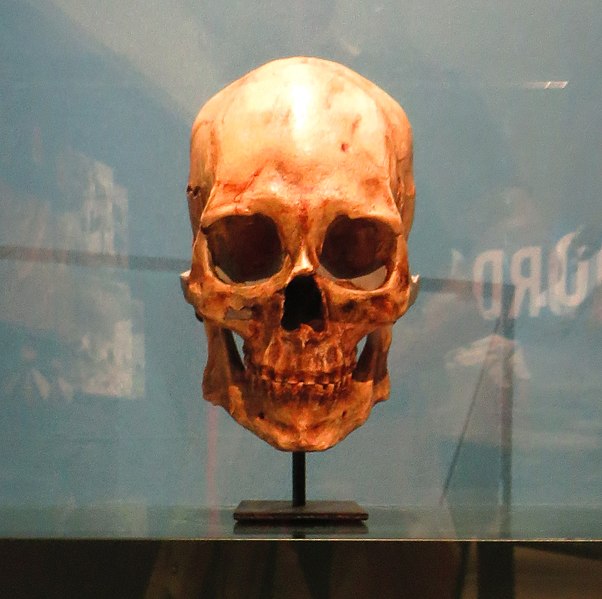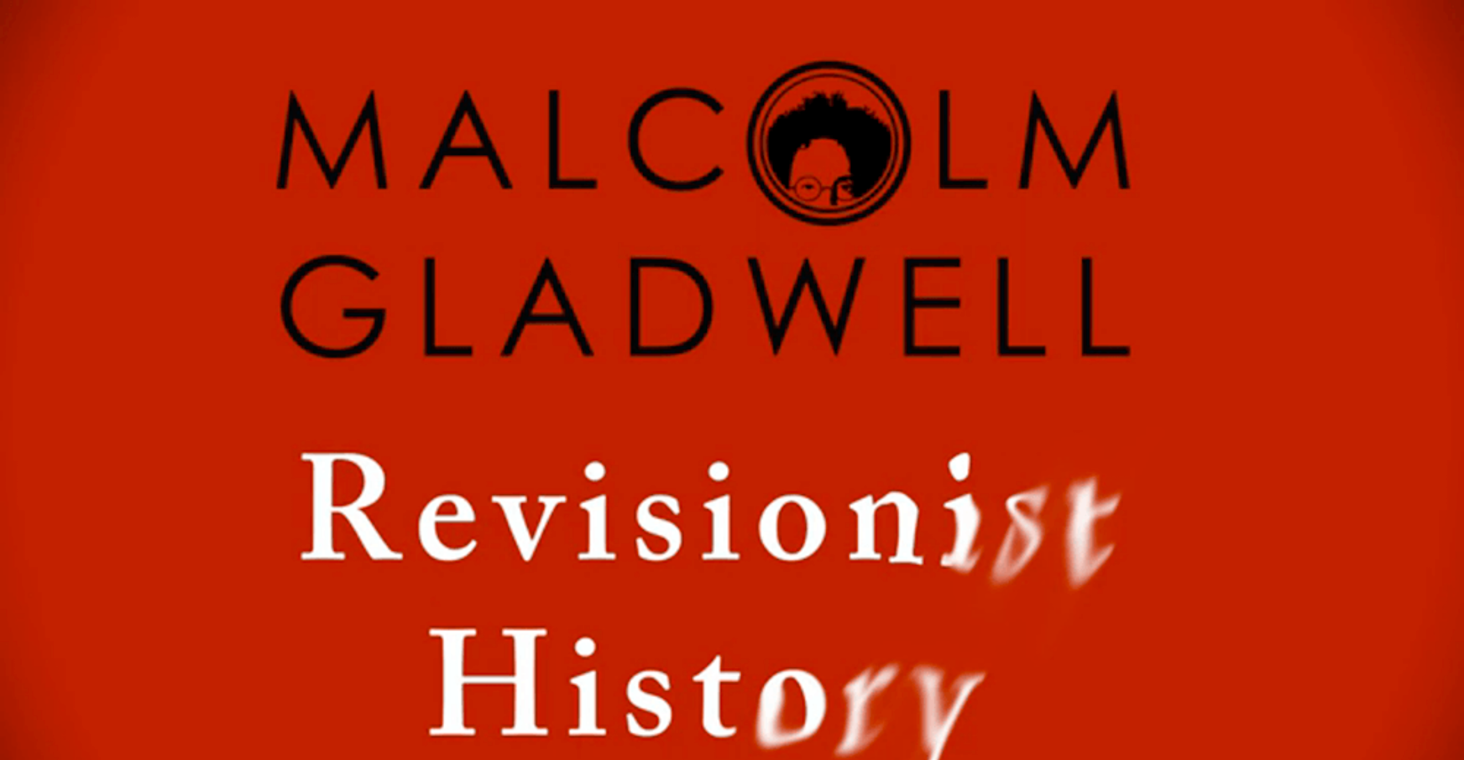We are excited to open enrollment for SOPE 2022-23! SOPE-Discovery School is open to McDonald County students in grades 7th and 8th. This program immerses students in the local natural and cultural environments of McDonald County, and engages students in studying how society and the environment are intertwined.
This Fall, SOPE students will be researching the Elk River Watershed. In September, students will be investigating the aquatic life found in the Elk River watershed. Students will be in the water nearly every day. In October, students will explore the geology of the Ozarks. They will also be visiting the Missouri River to work with Missouri River Relief. In November, students will research the ways humans have interacted with the Elk River from prehistoric times to now. In order to show what they know, students will create a podcast episode discussing a local issue related to the Elk.
In Spring, SOPE students will investigate bats, their habitat and the benefits they provide to humans. They will create a podcast to inform residents about what they can do to help bats. In addition, they will build bat houses to be placed in the Outdoor Classroom and at local schools. Students will also create an instructional half-day to teach several students in younger grades about the role bats play.
This program should not be viewed as a way to get out of school. In fact, your student will be engaged in much more rigorous research and investigation. Many of the activities your student will be doing are incredibly physical, and you can expect your student to be exhausted by the end of these weeks. They will be doing a lot of work in outdoor environments. This means they will be exposed to rain, sun, heat, cold, and local wildlife, both small and large. Your student will be expected to dress appropriately and with necessary supplies for that day. The weeks activities will be shared prior to the first day so you know what to expect for the week, and any changes will be noted as quickly as possible. Students will demonstrate understanding of the concepts through a variety of methods, including writing, designing and giving presentations, videos, and developing plans for local projects.
You can view the activities from previous SOPE sessions at
https://www.facebook.com/groups/911731039177267/. If your student is selected, we will contact you to get additional necessary information. If you have any questions, please feel free to email Keith Jones at
kjones@mcdonaldr1.net.













